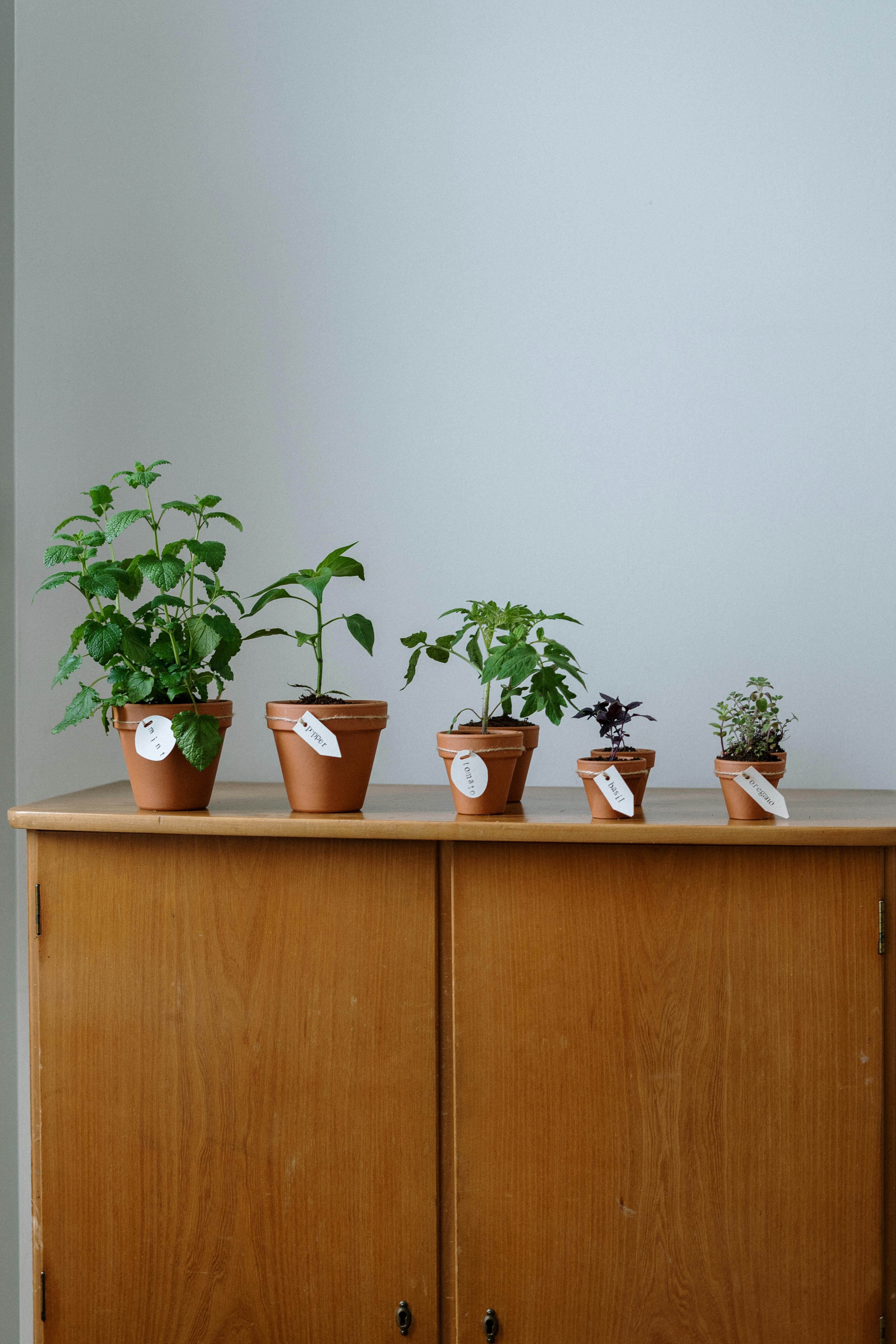Effective Ways to Reupholster a Couch in 2025: Get Started on a Modern Upgrade!
Reupholstering a couch is not just a cost-effective way to breathe new life into your old furniture; it’s also an opportunity to reflect your personal style and enhance your living space. In 2025, trends in couch upholstery are evolving, with innovative fabrics, techniques, and aesthetics shaping how we approach furniture restoration. This article offers actionable insights on the reupholstery process, from understanding upholstery fabric options to mastering essential tools for reupholstery.
As parents, DIY enthusiasts, or even first-time decorators, learning how to properly reupholster a couch allows you to customize your living environment effectively. Not only can you save money compared to buying new furniture, but you can also take pride in a piece that showcases your creativity. This guide will delve into the must-know practices for a successful couch makeover, including choosing the right upholstery fabric, understanding the furniture's condition, and applying industry-proven upholstery techniques.
Throughout this article, we will cover topics such as tools for reupholstery, effective upholstery patterns, and expert tips on measuring furniture. By equipping yourself with knowledge of the reupholstering methods available, you’ll be prepared to tackle your couch restoration project confidently. Key takeaways will focus on maintaining the longevity and aesthetic appeal of your newly upholstered couch.

Essential Tools for Reupholstering Your Couch
Before embarking on your couch restoration project, it’s vital to gather all necessary tools for reupholstery. Having the right tools not only simplifies the process but also contributes to a professional finish. The essentials include:
Basic Reupholstering Tools
A good starting point includes tools like a staple gun, fabric scissors, a measuring tape, and a sewing machine for upholstery. The staple gun is indispensable for attaching the new upholstery securely, while the fabric scissors ensure precise cuts. The measuring tape will come in handy to accurately size the necessary fabric.
Choosing Upholstery Materials
When selecting upholstery fabric, consider durability and style. Upholstery options range from cotton, which is easy to clean, to leather, which offers longevity. Keep in mind the needs of your household, especially if you have pets or children, as fabric durability is a critical factor.
Specialized Tools for Advanced Techniques
For more advanced reupholstery projects, you might find tools like foam padding and edging trim vital. Using high-quality foam padding enhances comfort and gives your couch a fresh look. Additionally, decorative tacks or upholstery webbing can provide a unique flair to your restoration.
Equipped with these essential tools, you're ready to move forward. This naturally leads us to the next crucial step: preparing your couch for reupholstery.
Preparing Your Couch for the Reupholstery Process
Proper preparation is essential to ensure a successful couch makeover. This involves a systematic approach to assess the current condition of the couch and planning the reupholstery project.
Assessing the Condition of Your Couch
Start by thoroughly inspecting your couch for any damage, such as broken springs, a wobbly frame, or worn-out cushions. Confirm that the frame is stable and durable as it will support your newly upholstered fabric. If necessary, make repairs before proceeding to the next stage.
Removing Old Upholstery
The first physical step in the reupholstery process requires you to remove old upholstery. Take care when pulling off staples or tacks, as this may reveal how layers of upholstery were constructed. Documenting the layout can help you replicate the original design accurately.
Measuring for New Upholstery
Accurate measurements are critical for ensuring that your new upholstery fits perfectly. Measure each section of the couch including the cushion areas, arms, and back separately, since each may require different fabric dimensions. This will prevent any fabric shortages during application.
With your couch prepared, the next step involves selecting and applying your chosen upholstery fabric.
Choosing the Right Upholstery Fabric
One of the most exciting aspects of reupholstering a couch is choosing upholstery fabric that matches your home’s aesthetic and your personal style. The appropriate fabric can transform a dated piece into a modern marvel.
Types of Upholstery Fabrics
Understanding different types of upholstery fabric will guide your choice. Popular options include cotton, linen, and synthetic materials for upholstery. Each type offers unique characteristics in terms of durability, feel, and cleaning ease. Synthetic materials are often more resistant to stains, making them ideal for homes with pets.
Fabric Durability Considerations
Look for fabric durability rating systems such as the Martindale rub test, which indicates the fabric's lifespan regarding wear and tear. A higher number means better resistance against wear. Keeping this in mind ensures your couch retains its beauty for years to come.
Color Matching and Patterns
The choice of colors and patterns plays a significant role in the overall design of your couch. Consider the existing color scheme of your room when selecting. Neutral colors work well for traditional settings, while bold patterns can complement contemporary spaces. Using fabric swatches against your existing decor can help you visualize the end result better.

Mastering the Reupholstery Techniques
Once you have selected the fabric, the next stage involves applying your upholstery using effective techniques. Mastering these skills is crucial for a professional-looking finish.
Step-by-Step Upholstery Process
Begin with attaching the new upholstery to the couch frame, starting with the largest sections, such as the back and seat. Gradually progress to smaller areas while ensuring the fabric is taut but not overly stretched. Using a fabric stapler or upholstery adhesive will secure the upholstery effectively.
Working with Couch Cushions
Don't forget about those couch cushions! Whether you're simply covering them with new fabric or replacing the filling materials, ensure that your approach aligns with the style you want. If the cushions are too flat, consider adding foam padding for added comfort and a puffy appearance.
Finishing Touches: Edging and Decorative Elements
Finally, pay attention to the details. Decorative tacks, piping, or edging trim can elevate the look of your newly upholstered couch. These small elements can add a custom touch and showcase your craftsmanship, making your sofa a real focal point in your space.
With your upholstered couch ready, it's important to consider maintenance to extend its life.
Maintaining Your Newly Upholstered Couch
Investment in reupholstering is substantial, so proper maintenance keeps your couch looking fresh and extends its lifespan. This section will discuss effective upholstery maintenance strategies.
Routine Cleaning Practices
Regular cleaning is the first line of defense against wear and stains. Vacuum your couch regularly to remove dirt and debris, especially between cushions. For deeper cleaning, check your fabric's care instructions. Most upholstery can be spot-cleaned with a mild detergent, ensuring you test a small area first.
Upholstery Maintenance Tips
To maintain the vibrancy of your upholstery fabric, consider rotating cushions periodically to prevent uneven wear. Additionally, keep your couch away from direct sunlight to avoid fading and preserve the fabric's integrity. Using couch slipcovers can provide an extra layer of protection, especially in households with pets.
Scheduling Professional Upholstery Services
While DIY reupholstery can be rewarding, consider scheduling professional upholstery services for significant repairs or complex restoration. Getting expert help can determine the best approaches for specific issues, ensuring longevity for your cherished sofa.
FAQs About Couch Reupholstery
What is the average cost of reupholstering a couch?
The costs can vary widely based on the size of the couch and the type of upholstery fabric chosen. Generally, you can expect to pay anywhere between $600 and $2,000. It's wise to gather several quotes before proceeding.
Can I reupholster my couch myself?
Absolutely! DIY reupholstery is a great way to save money. However, you should familiarize yourself with sewing techniques and the specific tools required for upholstery to yield the best results.
How long does the reupholstery process take?
Depending on your skills and the complexity of the couch, the reupholstery process can take anywhere from a few days to several weeks. Planning accordingly ensures you remain organized and focused.
Are there eco-friendly upholstery options available?
Yes, many upholstery fabrics are now made from organic or recycled materials. Eco-friendly upholstery options are perfect for environmentally conscious consumers looking for sustainable solutions while restoring their couches.
What are the common mistakes in reupholstery?
Common mistakes include incorrect measurements, inadequate preparation, and choosing inappropriate fabric types. Being thorough in planning and execution can prevent these pitfalls and lead to a successful reupholstery project.
